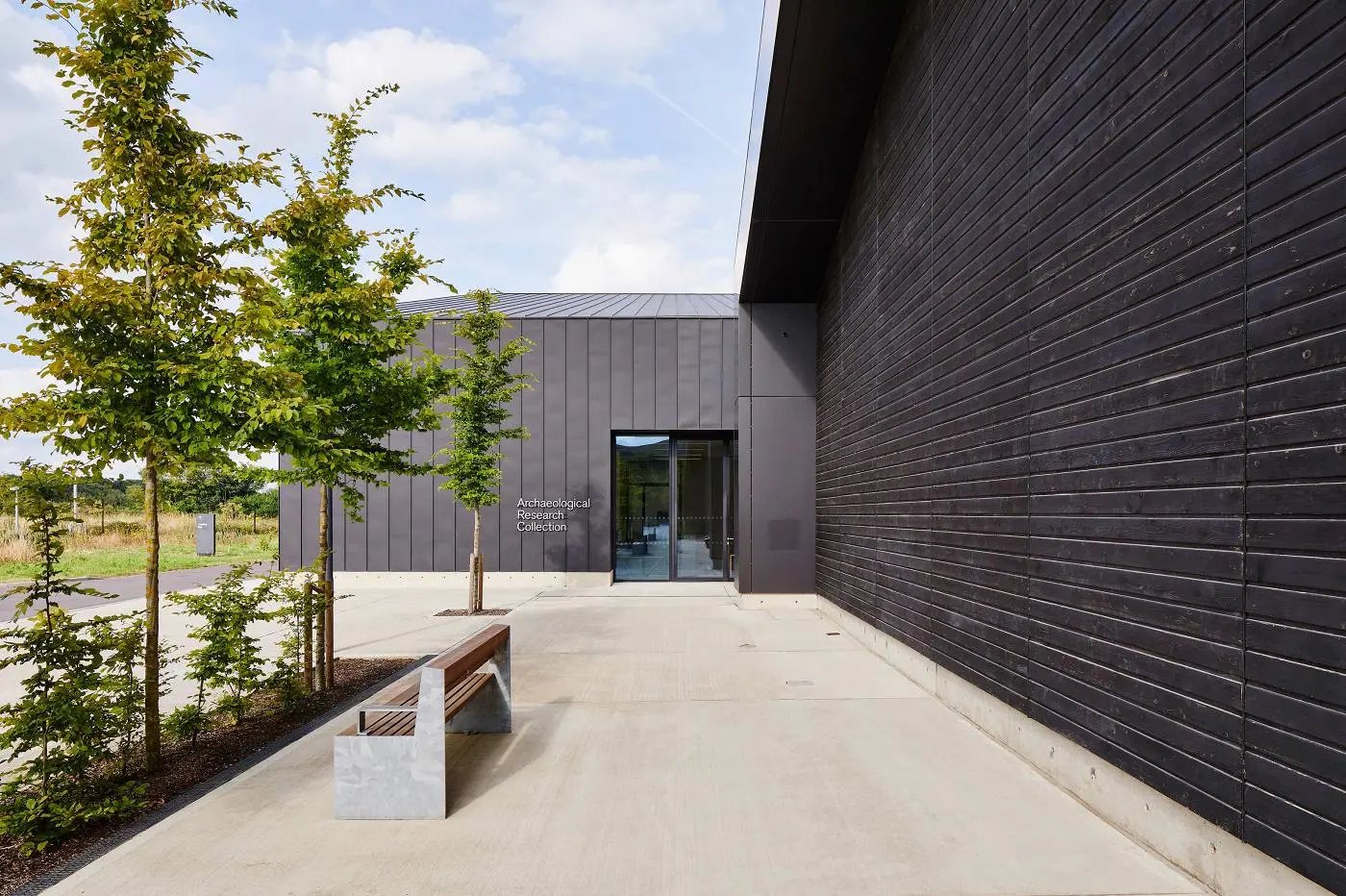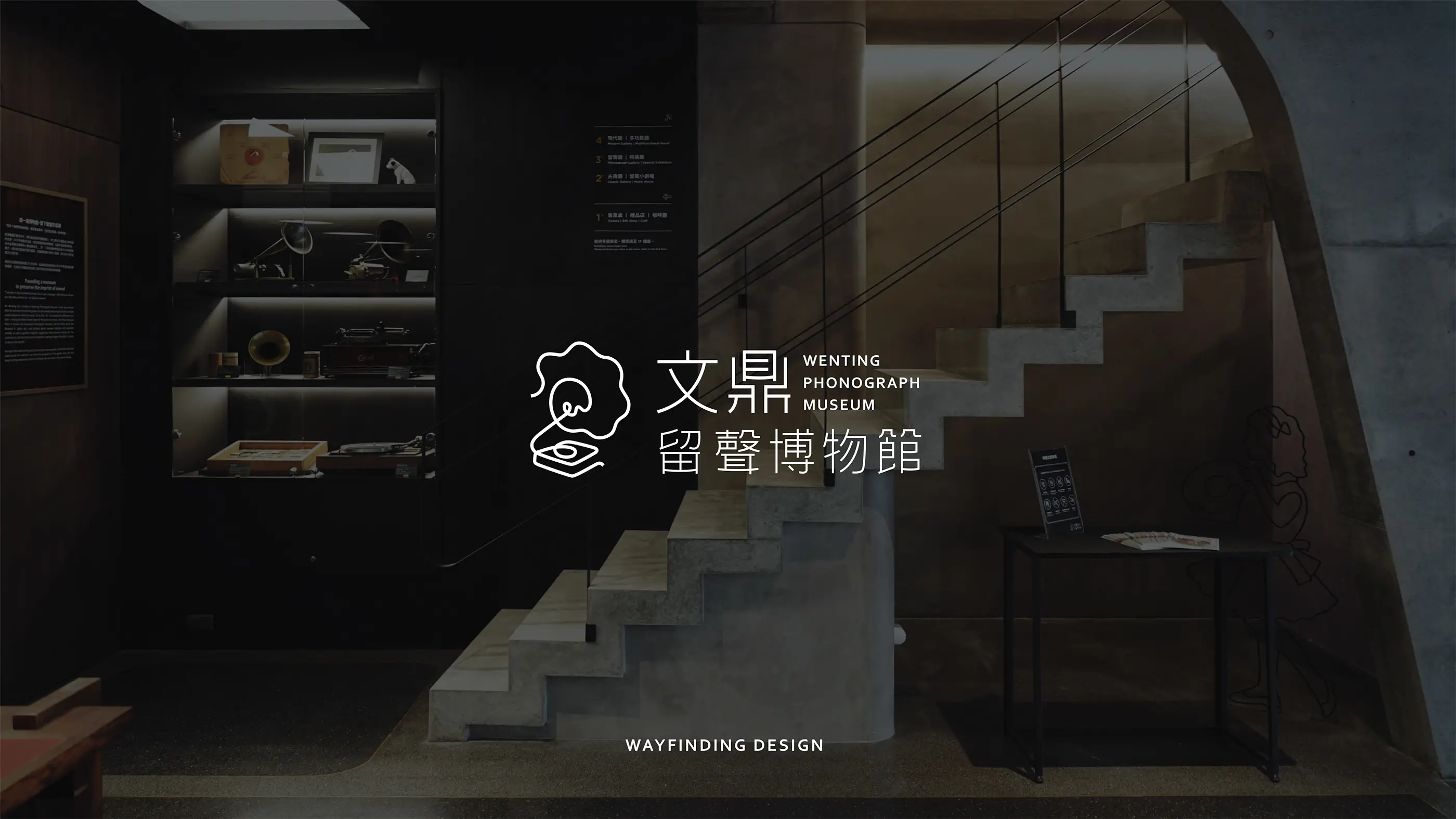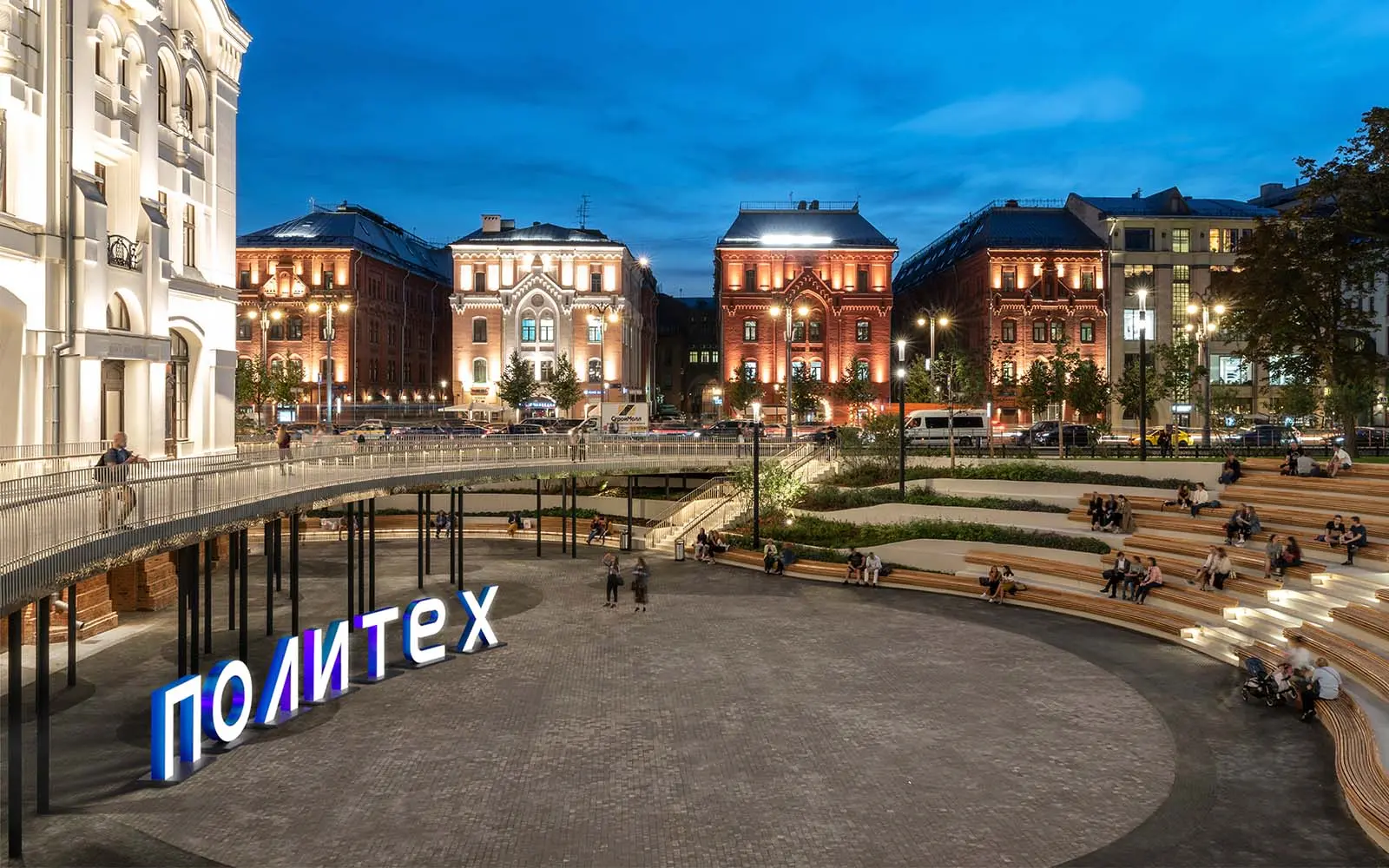福拉尔贝格州博物馆环境指示系统由Saegenvier DesignKommunikation设计机构开发设计,该项目在2014年获得了EG Adwards 银奖。为减少对环境的破坏及影响,除灵活应用在环境中喷涂指引和立体字没有过多的材料。值得一提的是在小房间的名称标识采用铜字镶嵌在木材之中,非常特别。
The vorarlberg museum is a state museum looking back on 150 years of collecting, researching and presenting archaeology, history, traditions and culture of the region. In July 2013 it reopened in a new building. The architecture of Cukrowicz Nachbaur gives the museum a striking appearance in urban space as well as at the seaside of the Lake of Constance. The interior on the other hand is muted and quiet. Materials include brick-earth for walls and ceilings, raw oak floors and doors from patinated brass and dark, fumed oak. The vorarlberg museum always hosts five exhibition simultaneously. All this required a flexible signage-design gentle enough to match the atmosphere of the interior spaces, but strong enough to hold his own against five different and changing exhibition graphics.
We did not want to bring addition of materials or constructions to the interior so we came up with a signage system consisting of light using the surfaces given by the architecture. This bonds the signage to the premises and makes it clearly distinguishable from exhibition graphics. Additionally room names and small signage are carried out in response to the respective surfaces – words are polished out of patinated brass or golden marquetry is applied to dark wooden doors. Signage in public space includes the lettering above the main entrance, a LED screen and two canvas screens. The perception of historic events and of history itself is ever-changing, depending on new findings or shifts in culture and society. The lettering of the museum on the protective roof accommodates this by changing it’s appearance depending on the incident light and the point of view. It was designed in collaboration with Stefan Sagmeister who created the corporate design of the museum. The three displays on the facade refuse to do what they actually are made for. They do not noisy advertise. They ask strange little questions or make statements in plain black and white that correspond with the poster campaign.

















